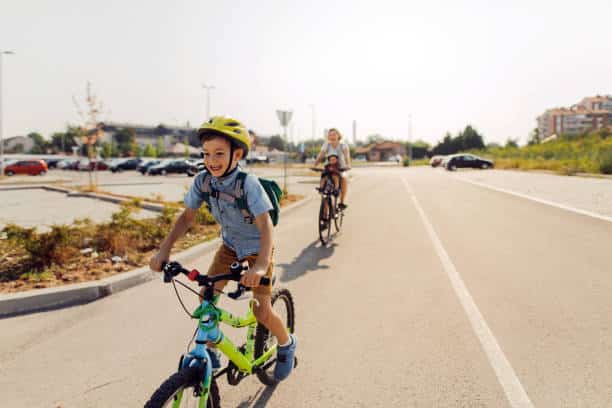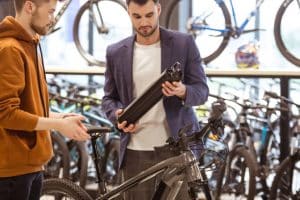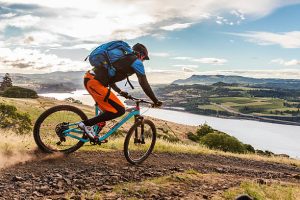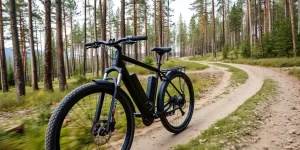Introduction
As the world becomes increasingly eco-conscious and health-focused, more and more families are turning to e-bikes as a fun, safe and sustainable way to get around.
E-bikes, or electric bicycles, are a great option for kids of all ages, allowing them to enjoy the freedom and excitement of cycling while also getting some exercise and fresh air.
In this comprehensive guide, we’ll cover everything you need to know about e-bikes for kids, from the legal age requirements and optimal wattage for different age groups, to the best types of e-bikes, essential safety gear, and tips for teaching kids to ride responsibly. Whether your child is a beginner or an experienced rider, we’ve got you covered with expert advice and recommendations.
The Benefits of E-Bikes for Kids
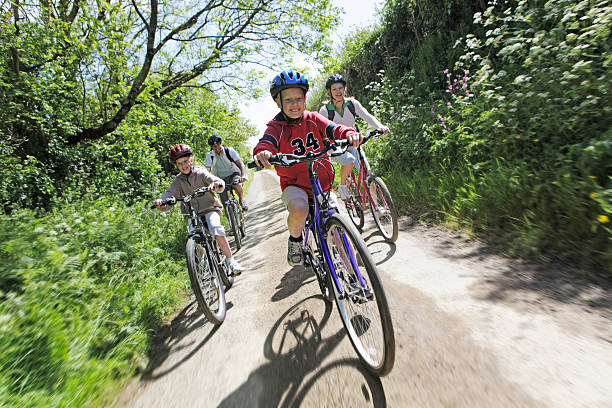
Before we dive into the specifics, let’s take a look at some of the key benefits of e-bikes for kids:
- Exercise and fresh air: E-bikes provide a fun and engaging way for kids to get outside and be active. Even with the electric assist, riders still need to pedal, which provides a good workout and helps build strength and endurance.
- Independence and confidence: Riding an e-bike can help kids develop a sense of independence and self-confidence as they learn to navigate roads and trails on their own. It’s also a great way for them to explore their neighborhood or local area.
- Eco-friendly transportation: E-bikes are a much more environmentally friendly option than cars or other motorized vehicles. By encouraging kids to ride e-bikes from a young age, we can help instill eco-conscious values and habits that will last a lifetime.
- Family bonding: E-bikes are a great way for families to spend quality time together outdoors. Parents can ride alongside their kids or even use cargo e-bikes to transport younger children.
- Convenience: E-bikes make it easy for kids to get around quickly and efficiently, whether they’re commuting to school, running errands or just exploring the neighborhood. The electric assist means they can cover longer distances without getting too tired.
Legal Age Requirements OF E-Bikes FOR KIDS
Before you invest in an e-bike for your child, it’s important to understand the legal age requirements in your area. These can vary widely depending on where you live, so it’s always best to check with your local authorities to ensure compliance.
United States

In the United States, the legal age for riding an e-bike varies by state and even by city or county. The federal government classifies e-bikes into three categories based on their top speed and power output:
- Class 1: Pedal-assist only, with a maximum assisted speed of 20 mph
- Class 2: Throttle-assisted, with a maximum speed of 20 mph
- Class 3: Pedal-assist only, with a maximum assisted speed of 28 mph
In general, most states allow riders aged 16 and up to operate Class 1 and Class 2 e-bikes without a license or registration. However, some states have additional requirements such as helmet laws or age restrictions for certain classes of e-bikes.
For example, in California, riders under 18 must wear a helmet when operating any class of e-bike. In New York, riders under 16 are prohibited from operating Class 3 e-bikes.
It’s important to note that even if your child meets the legal age requirement in your state, it’s still best to check with your local authorities to ensure compliance with any additional regulations or restrictions.
Europe and UK

In Europe and the UK, e-bikes are classified into two main categories:
- Pedelecs: Pedal-assist only, with a maximum continuous rated power of 250W and a maximum assisted speed of 25 km/h (15.5 mph)
- S-Pedelecs: More powerful e-bikes that are treated similarly to mopeds or motorcycles
In most European countries, riders aged 14 and up can operate pedelecs without a license or registration.
However, s-pedelecs typically require a license, registration and insurance, and may have higher age restrictions.
In the UK specifically, riders must be at least 14 years old to operate any e-bike with a maximum power output of 250W and a top speed of 15.5 mph. E-bikes that exceed these limits are treated as motorcycles and require a license and registration.
Australia

In Australia, e-bikes are classified into two categories:
- Pedelecs: Pedal-assist only, with a maximum continuous rated power of 250W and a maximum assisted speed of 25 km/h (15.5 mph)
- Power-assisted bicycles: Throttle-assisted, with a maximum power output of 200W
Riders of any age can operate pedelecs without a license or registration. However, power-assisted bicycles are restricted to riders aged 16 and up, and may require a license and registration depending on the state or territory.
Asia
E-bike regulations in Asia vary widely by country, but here are some general guidelines for a few of the most well-known nations:
- China: Riders aged 16 and up can operate e-bikes with a maximum speed of 20 km/h (12.4 mph) and a maximum power output of 400W without a license or registration.
- Japan: Riders must be at least 16 years old to operate an e-bike with a maximum power output of 250W and a top speed of 24 km/h (14.9 mph).
- South Korea: Riders aged 13 and up can operate e-bikes with a maximum power output of 350W and a top speed of 25 km/h (15.5 mph) without a license or registration.
- Philippines: E-bikes in the Philippines that run on a basic engine and limited speed don’t require a driver’s license and registration with the authorities. However, these vehicles are subject to certain rules and restrictions based on their classification.
- Indonesia: The legal age to ride an e-bike in Indonesia is 17 years old. E-bikes are classified as motor vehicles and require a driver’s license and registration. The maximum power output allowed is 250 watts and the top speed is limited to 25 km/h (15.5 mph).
- India: In India, e-bikes are classified as Electric Motor Assisted Cycles (EMACs) and do not require a license or registration if they meet certain criteria: The maximum power output is limited to 250W, The maximum speed is limited to 25 km/h (15.5 mph), The rider must be at least 16 years old. E-bikes that exceed these limits are considered as motorcycles and require a license and registration.
Again, it’s important to check with your local authorities to ensure compliance with any additional regulations or restrictions in your specific area.
Optimal Wattage for Kids and Teens
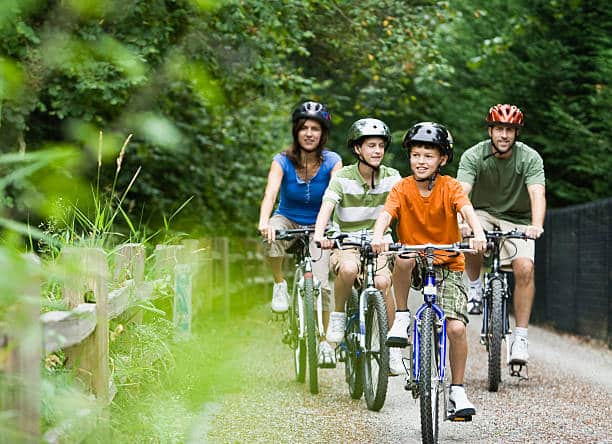
When choosing an e-bike for your child, one of the most important factors to consider is the wattage of the motor. A higher wattage motor will provide more power and acceleration, but may also be more difficult for younger or less experienced riders to control.
Here are some general guidelines for choosing the optimal wattage based on your child’s age and skill level:
Under 10 years old
For children under 10, a low-wattage motor of around 100-150W is generally sufficient. These motors provide a gentle assist that can help young riders tackle hills and headwinds without overwhelming them with too much power.
10-12 years old
For kids aged 10-12, a motor in the 200-250W range is a good choice. These motors provide a bit more power and acceleration than the lower-wattage options, but are still manageable for most riders in this age group.
12-14 years old
For kids aged 12-14, a motor in the 250-350W range is a good choice. These motors provide plenty of power for tackling hills and longer rides, but are still relatively easy to control for most riders in this age group.
14-16 years old
For teens aged 14-16, a motor in the 350-500W range is a good choice. These motors provide plenty of power and acceleration for tackling longer rides and steeper hills, but may require more skill and experience to control safely.
Best Types of E-Bikes for Kids
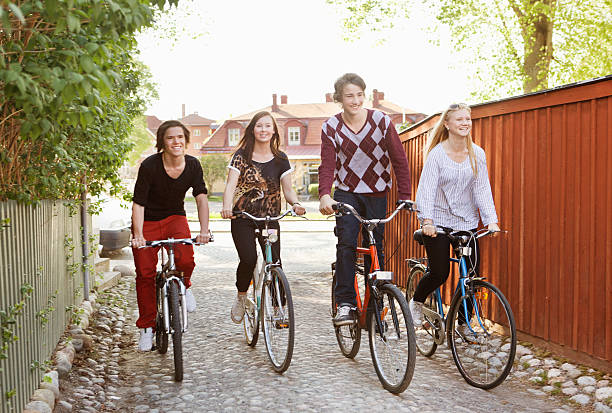
When it comes to choosing the best type of e-bike for your child, there are a few key factors to consider:
- Wheel size: Smaller wheels (16-20 inches) are generally better for younger or shorter riders, while larger wheels (24-26 inches) are better for older or taller riders.
- Frame style: Step-through frames are easier for kids to mount and dismount, while traditional diamond frames may be more suitable for more experienced riders.
- Weight: Lighter e-bikes are generally easier for kids to handle and maneuver, especially at lower speeds.
- Brakes: Disc brakes provide the best stopping power, especially in wet conditions, but rim brakes may be sufficient for lighter riders or less demanding terrain.
Here are some of the best types of e-bikes for kids based on these factors:
Balance bikes
Balance bikes are a great option for the youngest riders (ages 18 months to 5 years) who are just learning to ride. These bikes have no pedals or chain, allowing kids to focus on balancing and steering.
16-inch wheel e-bikes
16-inch wheel e-bikes are a good choice for younger riders (ages 4-7) who are ready to start pedaling but may still need some assistance on hills or longer rides.
20-inch wheel e-bikes
20-inch wheel e-bikes are a versatile option for riders aged 7-11 who are ready for a bit more power and speed.
24-inch wheel e-bikes
24-inch wheel e-bikes are a good choice for older kids and teens (ages 10-14) who are ready for a full-size bike with plenty of power and range.
The Importance of Safety Gear
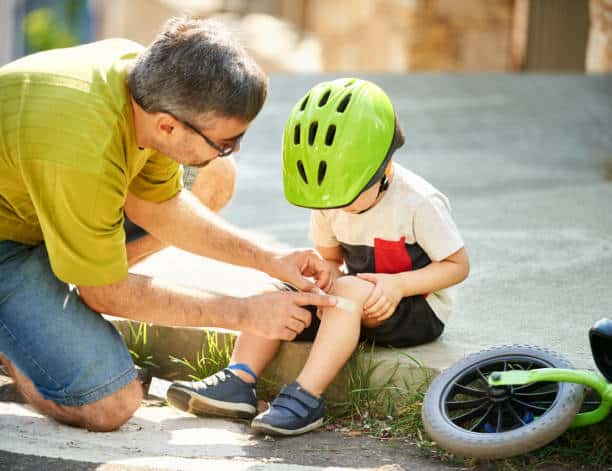
No matter what type of e-bike your child is riding, safety should always be the top priority. Wearing the proper safety gear can help prevent serious injuries in the event of a crash or fall.
Here are some of the most important pieces of safety gear for kids on e-bikes:
Helmets
A helmet is the single most important piece of safety gear for any cyclist, and it’s especially critical for kids on e-bikes. Look for a helmet that fits snugly and securely, with no more than two fingers’ width between the eyebrows and the helmet.
Elbow and knee pads
Elbow and knee pads can help protect against scrapes and bruises in the event of a fall. Look for pads that fit snugly and comfortably, with plenty of padding over the bony parts of the joints.
Gloves
Gloves can help protect the hands from scrapes and blisters, as well as providing a better grip on the handlebars. Look for gloves with plenty of padding on the palms and fingers, as well as a secure wrist closure.
Lights and reflectors
Lights and reflectors are essential for visibility, especially when riding in low-light conditions. Look for a bright, rechargeable headlight and taillight, as well as reflective stickers or tape for the bike frame and wheels.
Teaching Kids to Ride Responsibly
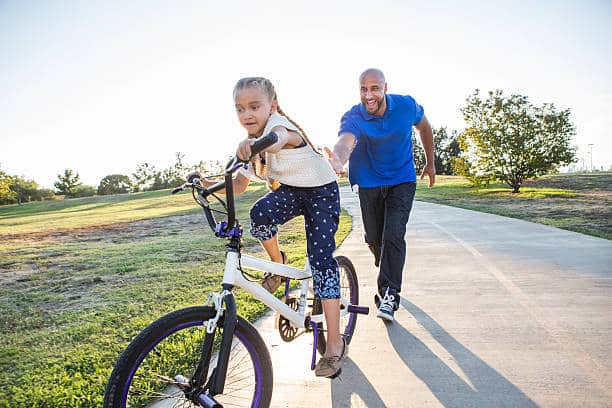
In addition to wearing the proper safety gear, it’s important to teach kids how to ride their e-bikes responsibly and follow the rules of the road. Here are some key tips:
- Start slow: Encourage kids to start out at a slow speed and gradually increase their speed as they become more comfortable and confident on the bike.
- Use hand signals: Teach kids to use hand signals when turning or stopping to communicate their intentions to other riders and drivers.
- Ride predictably: Encourage kids to ride in a straight line and avoid sudden swerves or stops that could catch other riders or drivers off guard.
- Be aware of surroundings: Teach kids to always be aware of their surroundings, including other riders, pedestrians, and vehicles, and to anticipate potential hazards.
- Follow traffic laws: Make sure kids understand and follow all applicable traffic laws, such as stopping at stop signs and red lights, riding with the flow of traffic, and yielding to pedestrians.
Maintaining and Storing E-Bikes
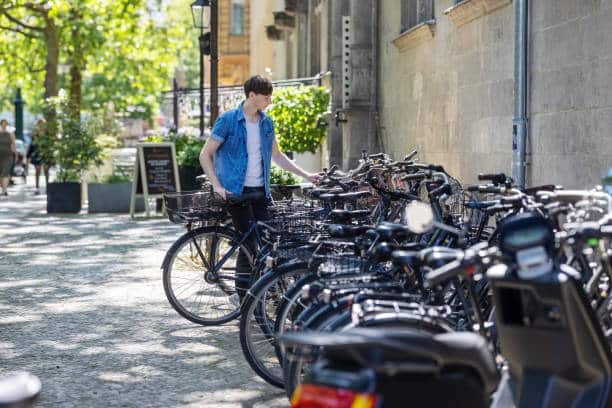
Proper maintenance and storage are essential for keeping e-bikes in good working condition and extending their lifespan. Here are some key tips:
- Charge the battery regularly: Make sure to charge the battery after each ride and store it in a cool, dry place when not in use. Avoid letting the battery drain completely, as this can shorten its lifespan.
- Keep the bike clean: Regularly wipe down the frame, chain, and other components with a damp cloth to remove dirt and grime. Avoid using high-pressure water or harsh chemicals that could damage the bike.
- Lubricate the chain: Apply a light coat of bicycle-specific lubricant to the chain every few rides to keep it running smoothly and prevent rust.
- Check tire pressure: Make sure the tires are inflated to the recommended pressure before each ride to ensure a smooth and efficient ride.
- Inspect brakes and gears: Regularly check the brakes and gears to make sure they are functioning properly and make any necessary adjustments or repairs.
- Store the bike indoors: When not in use, store the e-bike indoors in a cool, dry place to protect it from the elements and prevent theft.
Choosing the Right E-Bike for Your Child
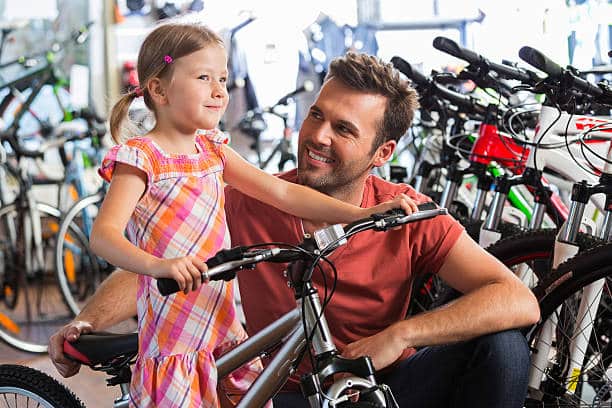
With so many different types and models of e-bikes on the market, choosing the right one for your child can be overwhelming. Here are some key factors to consider:
- Size: Make sure to choose an e-bike that is the appropriate size for your child’s height and weight. Most manufacturers provide size charts or recommendations based on age and height.
- Weight: Consider the weight of the e-bike and whether your child will be able to handle it easily. Lighter bikes are generally easier to maneuver, especially for younger or smaller riders.
- Motor power: Choose a motor power that is appropriate for your child’s age, skill level, and intended use. Higher wattage motors provide more power and acceleration, but may be more difficult for younger or less experienced riders to control.
- Battery life: Consider the range and charging time of the battery to ensure it will meet your child’s needs. Look for batteries with a long lifespan and quick charging times.
- Brakes: Make sure the e-bike has reliable and effective brakes, preferably disc brakes, to ensure your child can stop safely in all conditions.
- Price: Determine your budget and look for an e-bike that offers the best value for your money. Keep in mind that higher-end models may offer additional features and better quality components, but may not be necessary for all riders.
Conclusion
E-bikes are a fun, safe, and eco-friendly way for kids to explore the world on two wheels. By choosing the right size and style of bike, as well as the appropriate safety gear and riding techniques, parents can help ensure that their children have a positive and enjoyable e-biking experience.
Remember to always check your local laws and regulations regarding e-bikes, and to supervise your child’s riding until they are fully comfortable and confident on their own.
With the right preparation and precautions, e-bikes can provide endless opportunities for adventure, exercise, and family bonding. So what are you waiting for? Get out there and start riding!


